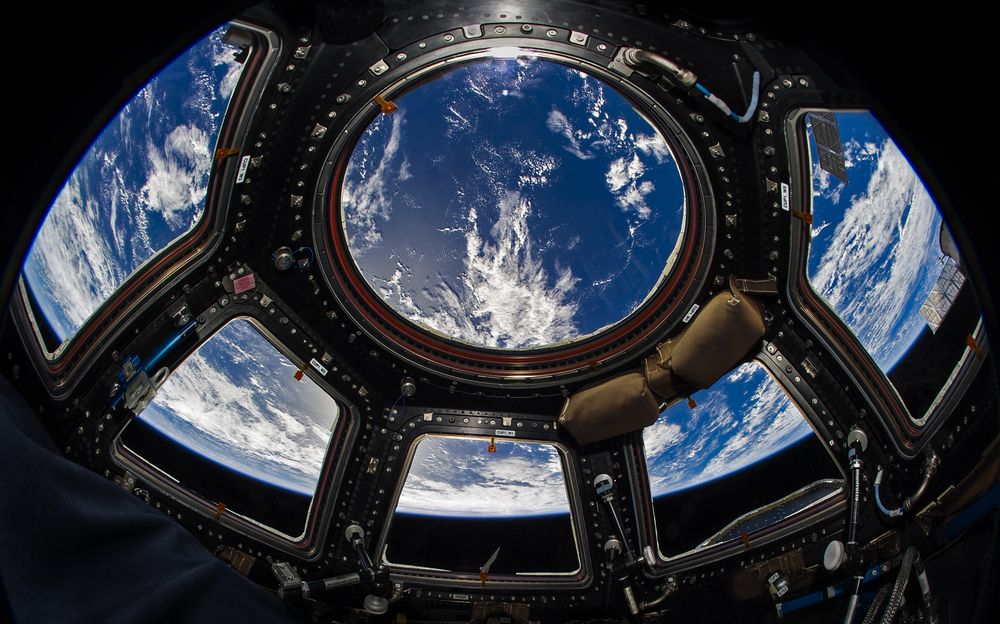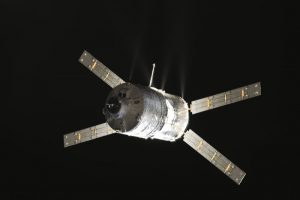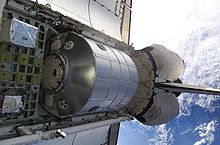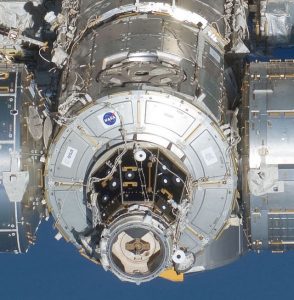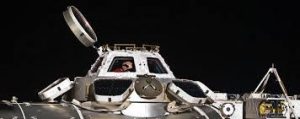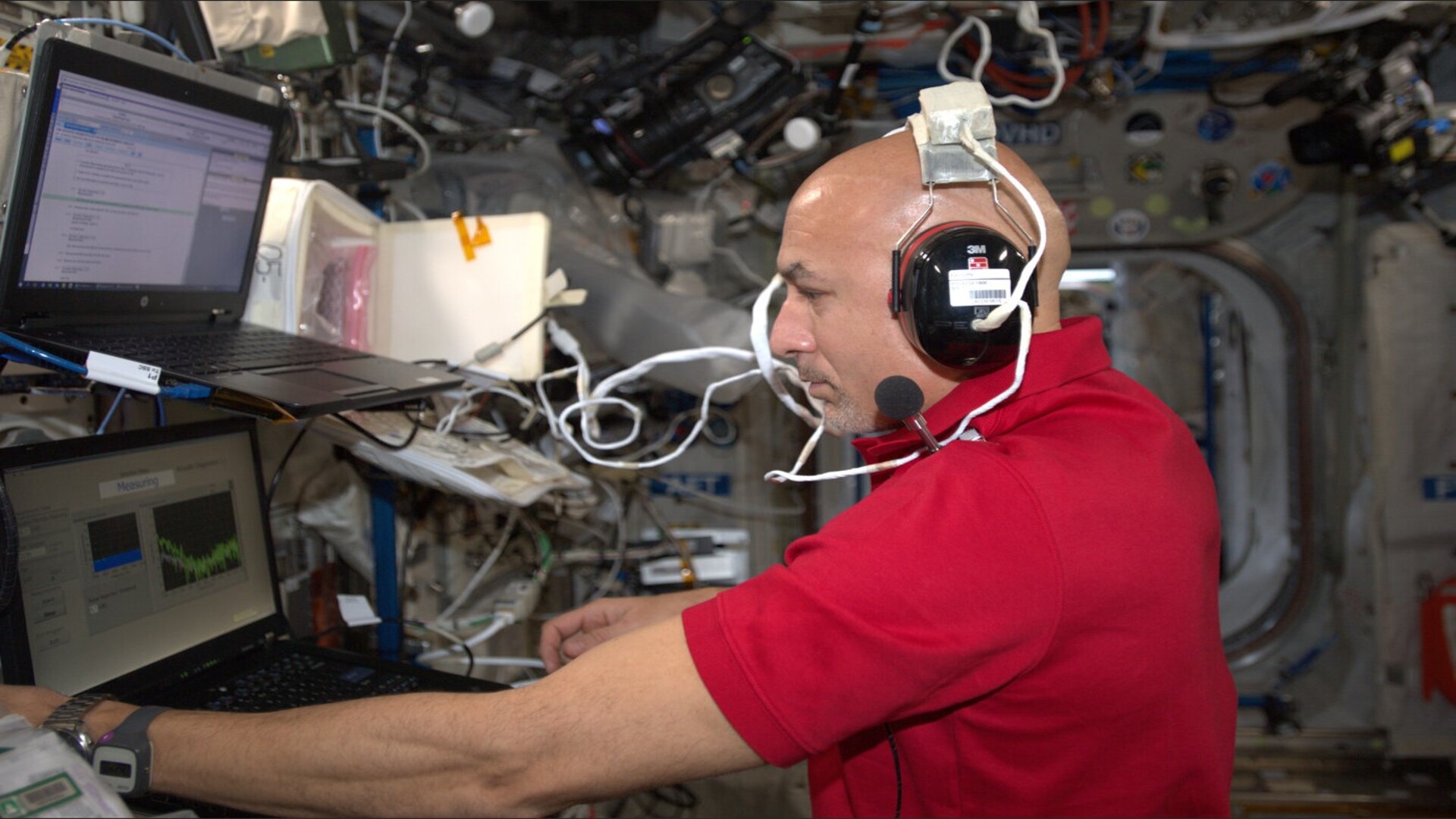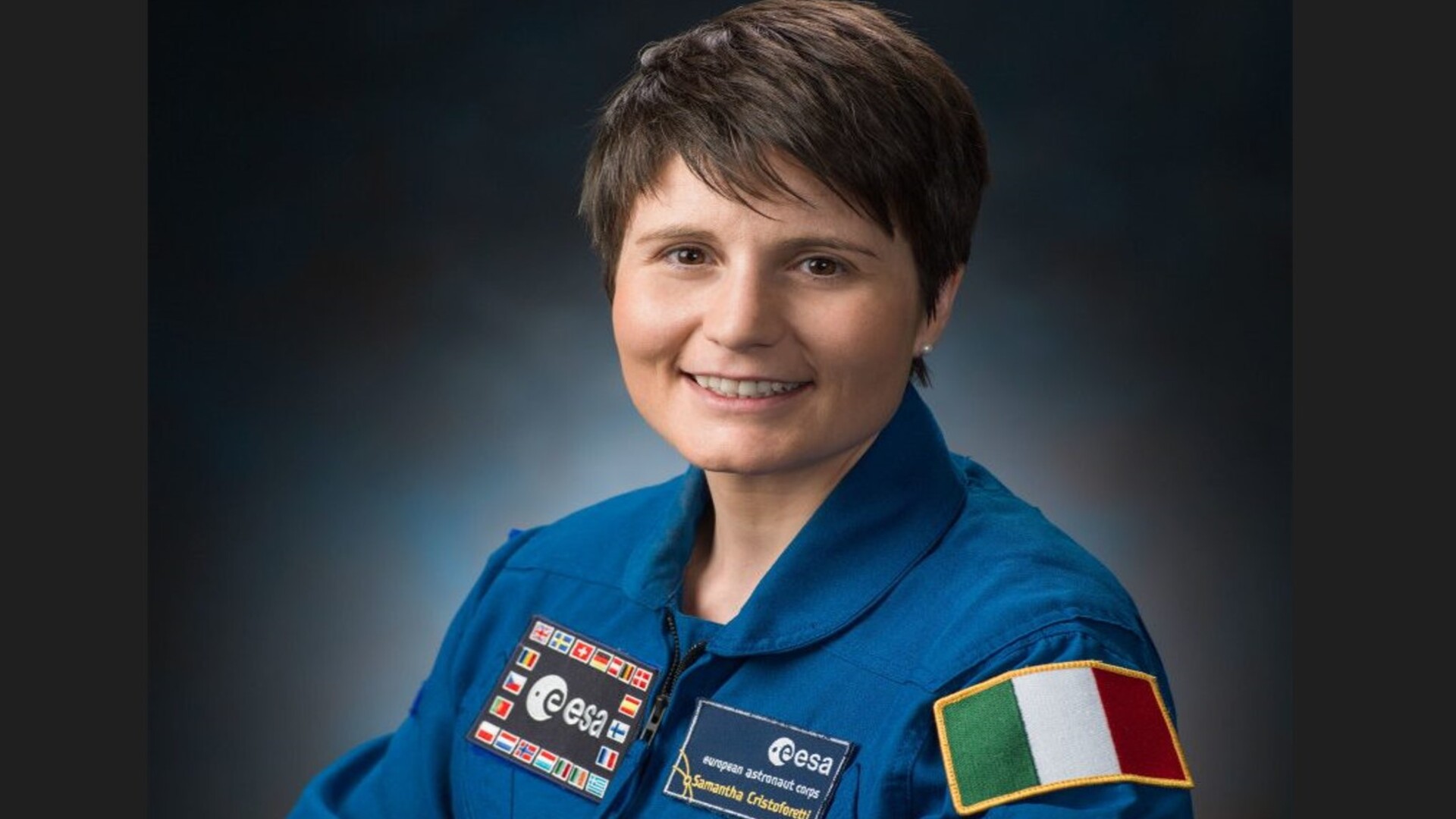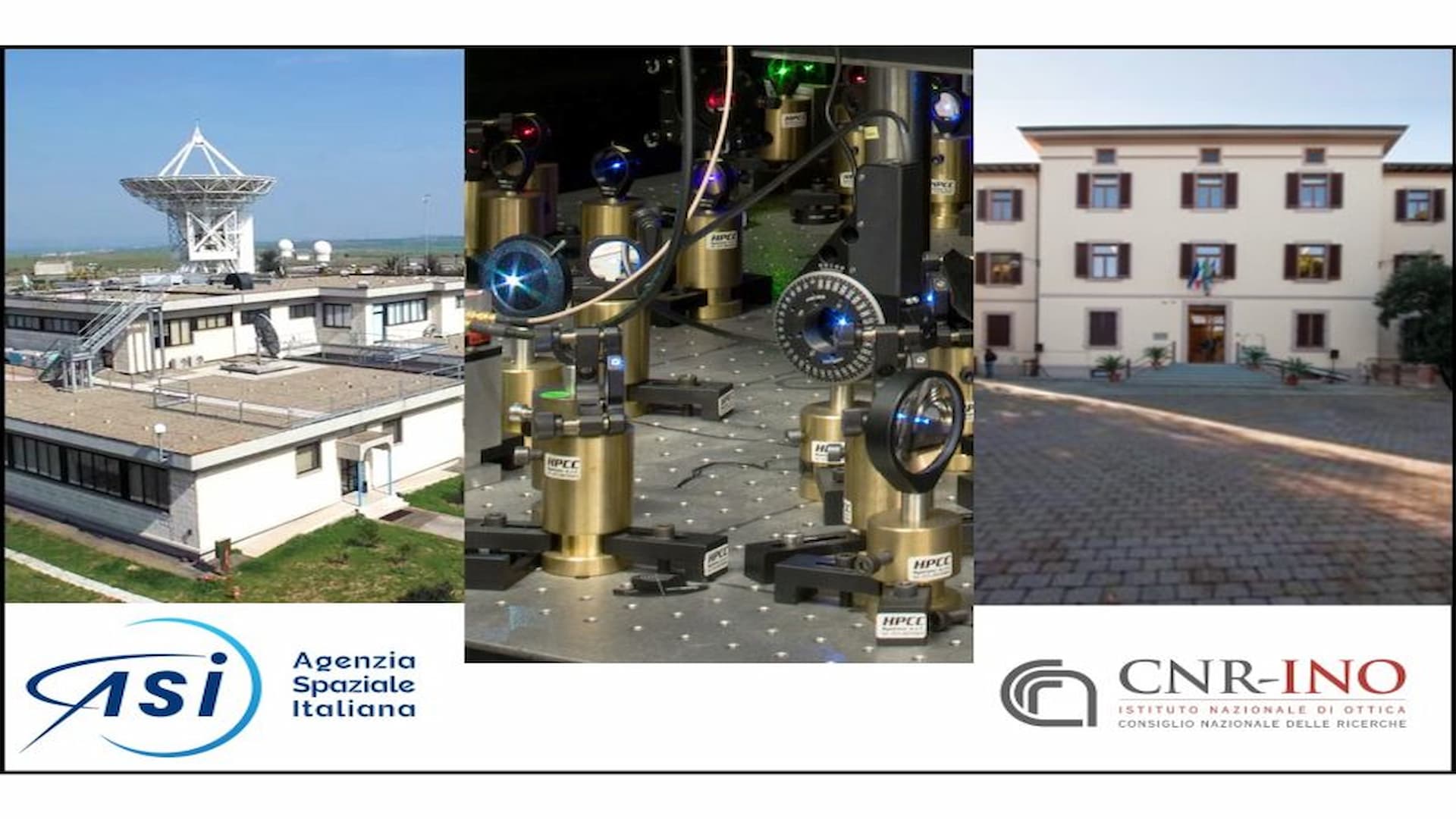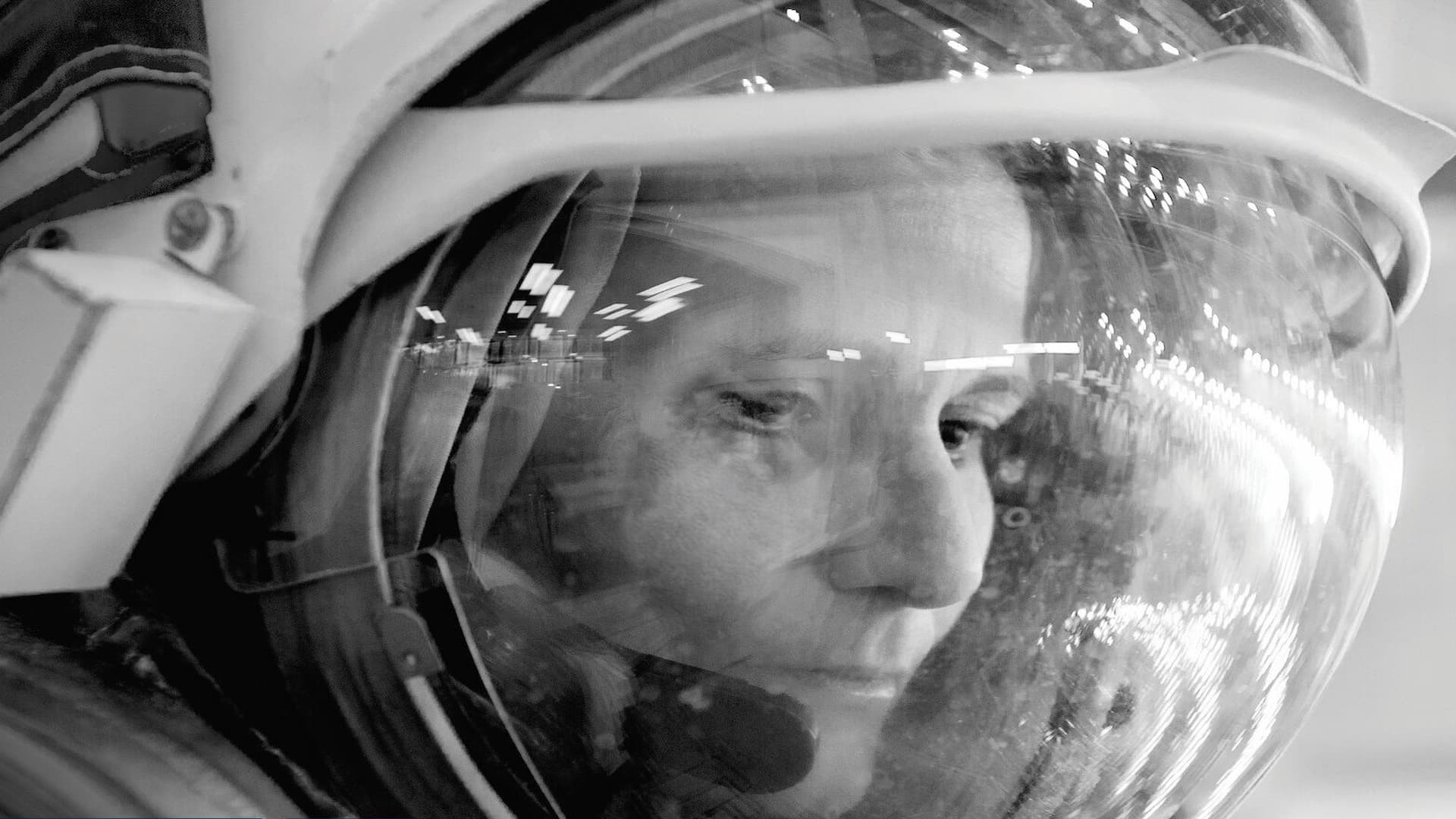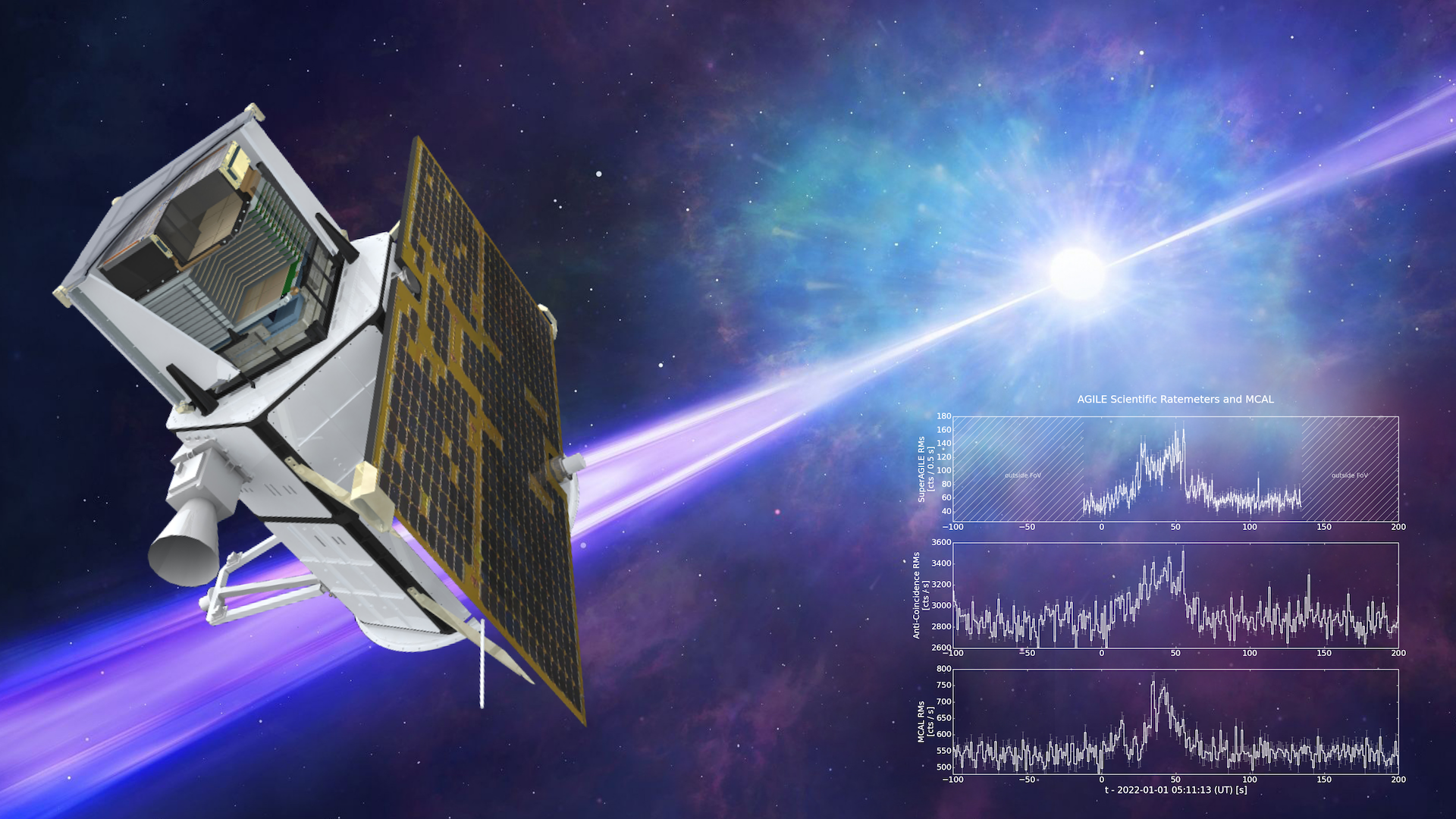The International Space Station (ISS) is, so far, the most important and ambitious global cooperation programme in the scientific and technological field and can be regarded as the biggest engineering work ever completed by man.
The space agencies in the United States, Russia, Europe, Japan and Canada – for a total of 14 different nations – gave birth together to this project, by building the first human outpost orbiting in space at 400 km altitude. The ISS is visible to the naked eye and is as large as a football pitch. It weighs 450 tons and measures 73 meters X 109. It rotates around the planet at 28.000 km per hour and it takes it 90 minutes to make a complete orbit.
In 24 hours, the residents of the ISS witness 16 sunrises and 16 sunsets. The ISS was built in space, piece after piece similarly to a big space Meccano, starting from 1998. The first two modules of the station are the Russian Zarya (sunrise) and the American Unity (unit). Italy manufactured the Node-2 Harmony and the Node-3 Tranquility, the Cupola and contributed to the Columbus European laboratory. With the launch of the Leonardo logistic module, which took place in March 2001, Italy became the third nation after Russia and United States to orbit an ISS element. Today more than 40% of the habitable volume of the Station is manufactured in Italy. This tradition dates back to 1974 with the Spacelab, the European laboratory which flew over the Space Shuttle. 100 different elements of the station were carried on orbit through 50 space launches and it took 159 space walks to complete its assembly. The station has been permanently inhabited since 2000, and Italian astronauts visited it on several occasions. Food and supplies were carried to space by cargo spaceships from different countries, among which the European ATV.
Since 2010, with the launch of the SpaceX Dragon Shuttle and later on with the Cygnus cargo ships – whose structure was manufactured in Italy – also the private sector has been contributing to keep the station in operation.

